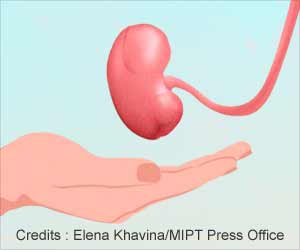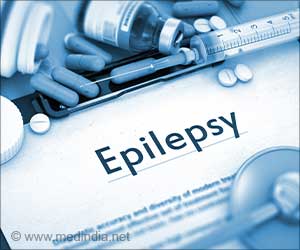The miniature brains are made of human stem cells. It contains neurons and cells of a human brain and even show evidence of electrical activity that can be measured.

‘The miniature brains can be used for experimental drug testing and develop new treatments for neurological diseases like Parkinson's, Alzheimer’s and dementia.’





A scientist at Johns Hopkins in the US says they can be mass-produced in labs to allow new drugs to be tested for safety and effectiveness without the need for animals which often do not mirror how human cells work."Ninety-five percent of drugs that look promising when tested in animal models fail once they are tested in humans at the great expense of time and money," says study leader Dr Thomas Hartung, MD, PhD, of the Bloomberg School of Public Health at Johns Hopkins in Baltimore.
"While rodent models have been useful, we are not 150-pound rats. And even though we are not balls of cells either, you can often get much better information from these balls of cells than from rodents. We believe that the future of brain research will include less reliance on animals, more reliance on human, cell-based models.”
Dr Hartung said the brains had even started to produce ‘a primitive type of thinking.’ “Obviously, there's no input or output,” he added. “It is meaningless electrical activity but the neurons are trying to communicate with each other.”
The miniature brains are made from skin cells of adults which have been reprogrammed back to a stem-cell-like state, then grown into brain cells, which then transform into mini-brains within eight weeks.
Advertisement
"It also has the beauty that we can do this from essentially anybody,” added Dr Hartung.
Advertisement
“We have been doing work on Parkinson's as an example, which we're publishing because we can really replicate some of the hallmarks of Parkinson's in human brain model."
The electrophysiological activity of the brain was recorded with electrodes. The researchers placed a miniature brain on an array of electrodes and listened to the spontaneous electrical communication of the neurons as test drugs were added.
The research was presented at the annual Advancement for American Science Annual Conference (AAAS) in Washington.
Source-Medindia









